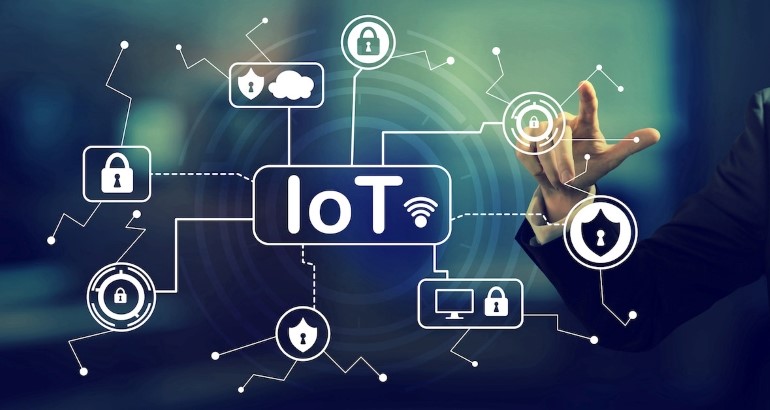IoT Attacks: How to Identify and Prevent?

- Online threats





Overview
The Internet of Things (IoT) refers to the technology that connects various physical devices, vehicles, buildings, and other objects to the internet, enabling them to collect and exchange data. IoT finds wide-ranging applications, from smart homes, healthcare, and transportation to industrial automation, improving efficiency and convenience. However, IoT also brings certain security risks as IoT devices may become targets for hackers, facing various types of cyber-attacks that can result in data breaches, device damage, or loss of control.
Contents
Signs of a Device Being Compromised
Protecting Your IoT Devices: Methods
What are IoT Attacks?
IoT attacks are network-based attacks against IoT systems. Hackers exploit vulnerabilities or weaknesses in IoT devices to infiltrate, control, or disrupt devices or networks, steal or alter data, or launch other attacks. IoT attacks not only threaten individuals' privacy and property security but can also impact public safety and national security.
Types of IoT Attacks
IoT attacks come in various forms, classified based on their objectives and methods:
① Device Spoofing
Hackers forge or manipulate device identity information to deceive other devices or networks into recognizing them as legitimate devices, gaining access or establishing trust relationships.
② Man-in-the-Middle (MITM) Attacks
Hackers intercept or modify communication data between devices or between devices and the cloud, eavesdropping or altering information, or redirecting devices to connect to malicious servers or networks.
③ Distributed Denial of Service (DDoS)
Hackers control a large number of IoT devices to flood the target server or network with an overwhelming amount of requests or data packets, causing congestion or resource exhaustion, rendering the target unable to function properly.
④ Eavesdropping
Hackers listen to audio, video, or other sensor data from IoT devices to collect users' personal information, behavior patterns, location, etc.
⑤ Malware Attacks
Hackers implant malicious software on devices to gain control, monitor, or sabotage the devices.
⑥ Zero-Day Attacks
Hackers exploit unknown or unpatched vulnerabilities in devices to launch attacks.
⑦ Password Cracking
Hackers attempt to obtain device or account passwords through guessing, brute-forcing, or social engineering techniques.
⑧ Firmware Tampering
Hackers modify device firmware (software embedded in devices) to alter the device's functionality or behavior.
Signs of a Device Being Compromised
After an IoT device is attacked, several signs may indicate its compromise:
① Abnormal Device Behavior
Changes in device functions, performance, battery life, temperature, or automatic switching, restarts, blinking, etc.
② Surge in Network Traffic
Sudden spikes in device network traffic or unusual network activities, such as connections to unknown servers or networks.
③ Sluggish Device or Network
Slower device response or network speed than usual.
④ Receipt of Suspicious Messages
Receiving emails or messages from unknown sources or receiving device-related warnings, prompts, verification codes, etc.
⑤ Irregular Account Activity
Noticing unauthorized logins, modifications, or transactions in accounts.
Protecting Your IoT Devices: Methods
To safeguard your IoT devices from attacks, consider the following measures:
① Use Strong and Unique Passwords
Set different and complex passwords for each device or account, avoid using default or common passwords, change passwords regularly, and use password managers to securely store and manage passwords.
② Regularly Update Software and Firmware
Regularly check for and install updates to device software and firmware to fix known vulnerabilities, disable
unnecessary features or services.
③ Disable Unnecessary App Permissions
Review and restrict apps' access to sensitive information such as audio, video, or location, grant only essential permissions, and uninstall unused apps.
④ Implement Two-Factor Authentication (2FA)
Enable 2FA for your accounts, requiring an additional verification method (e.g., SMS, email, or app-generated codes) alongside passwords.
⑤ Use a Virtual Private Network (VPN)
Employing a VPN establishes an encrypted and anonymous tunnel between you and the internet, protecting your data from eavesdropping and tampering, and hiding your real IP address and location. We recommend using MetroVPN , a high-speed, secure, stable, and user-friendly VPN service. MetroVPN can help protect your IoT devices and personal information, ensuring safer browsing, downloading, gaming, and video streaming on the internet.






